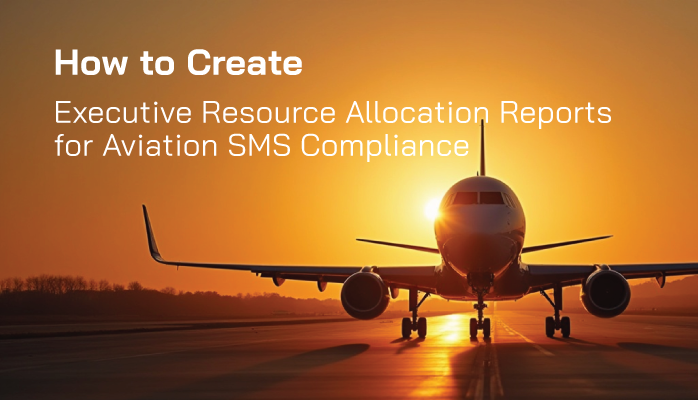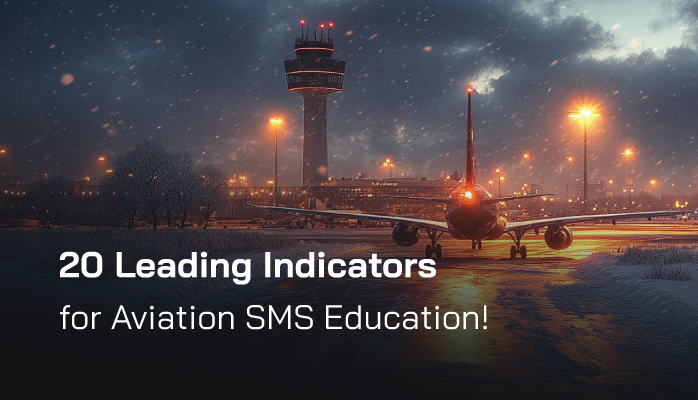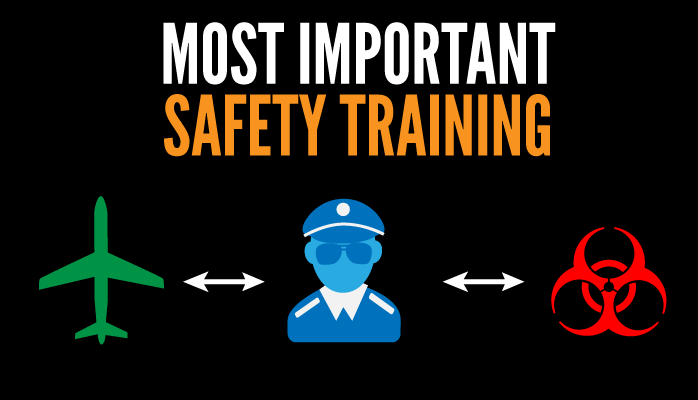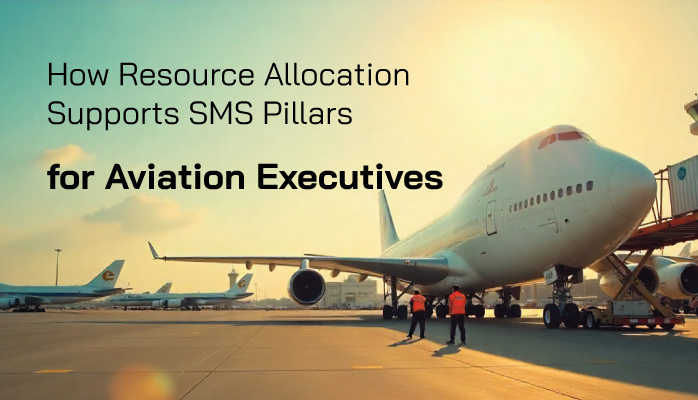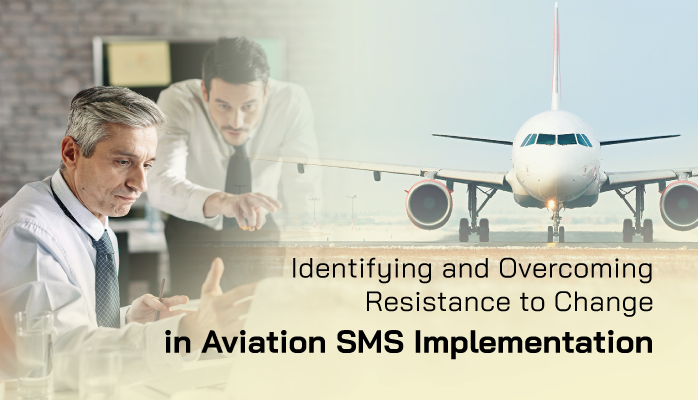Ensuring Compliance and Safety Through Robust Aviation SMS
In the high-stakes world of aviation, a robust Safety Management System (SMS) is critical for mitigating risks and ensuring safety. For aviation safety managers and accountable executives—senior leaders responsible for SMS oversight—demonstrating compliance with regulatory standards,
